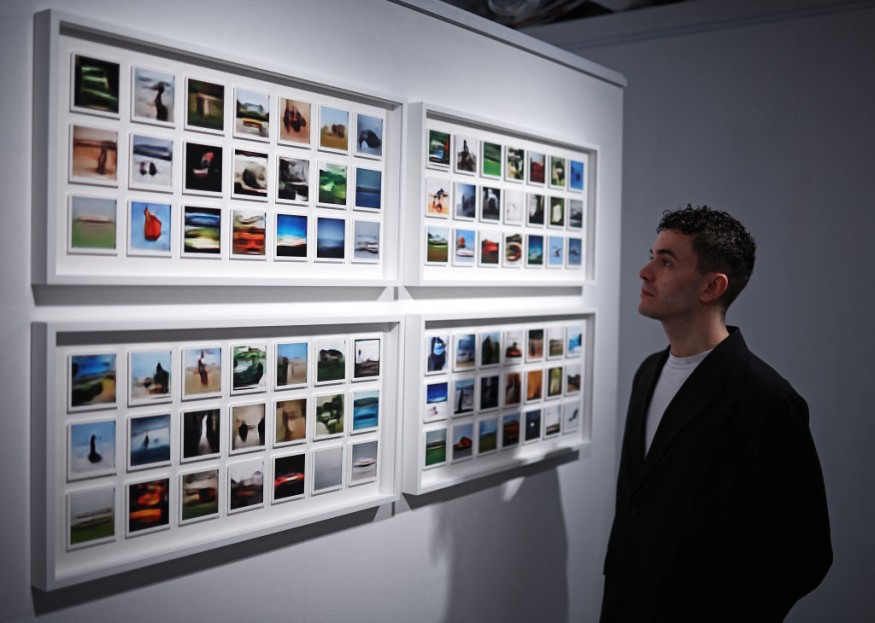Art Market Now Uses AI to Better Value Art by Tracking Its Originality and History
Artificial intelligence (AI) significantly impacts the art industry and has been transforming how artworks are assessed and traded. Previously, art appraisals were mainly based on specialists' expertise and the market context.
Now, ART News reported that AI is being used to improve these valuations, making them more precise. As a result, those using AI for appraisals are gaining a competitive edge, as they can provide more accurate and reliable information about the value of art.

Companies like Artory and Appraisal Bureau have been at the forefront of this shift by using AI to analyze massive amounts of data, improving the precision of art appraisals. Nanne Dekking, founder of Artory stated: "It helps us provide more accurate and dynamic evaluations that were previously impossible."
Also Read : Wealthy Investors Use Art Collections as Collateral to Secure High-Value Loans-Here's Why
AI in Art Valuation
AI in art valuation works by helping how art is bought, sold, and managed. According to Creative Flair, AI can analyze large amounts of data and detect patterns or trends that were previously difficult to identify. This helps auction houses and galleries decide how to price and sell artworks.
More than just valuing art, AI is also improving other areas of the art market, such as tracing an artwork's history and predicting future market trends. By using algorithms and expert human knowledge, companies can better understand an artwork's background and worth.
In 2020 alone, Artnet News reported that AI is anticipated to become more important. Fast forward to 20204, using AI for better art valuations and market analysis is easier, although some auction houses have not yet fully adopted these technologies.












